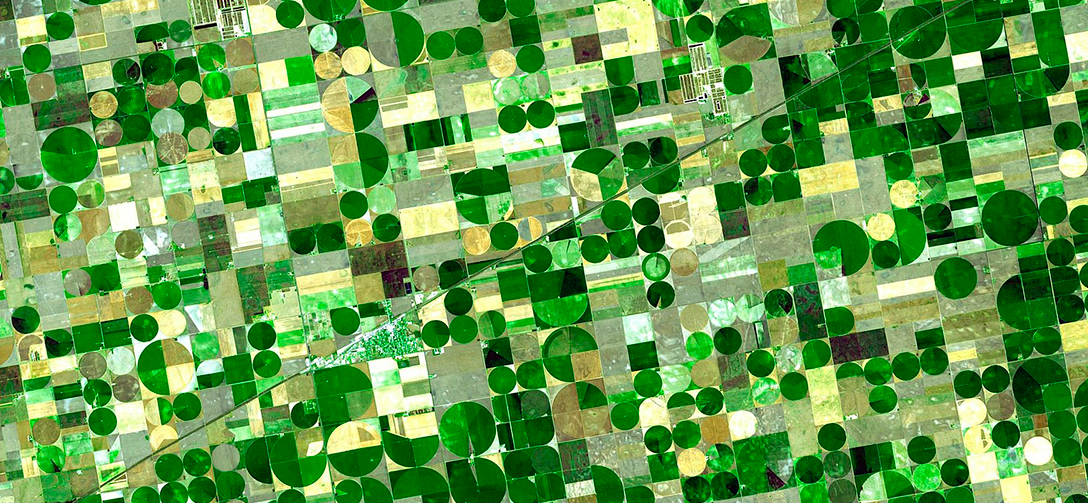The European Space Agency is working on artificial intelligence that would be as easy to communicate as ChatGPT, but at the same time would be able to give scientifically based answers. It should analyze satellite data and draw conclusions based on it.

What can artificial intelligence do?
If you try to ask artificial intelligence based on a linguistic model like ChatGPT a question that requires data analysis, then it is very likely to give some kind of nonsense in response. This is due to the fact that such systems simply do not know how to analyze data. However, this may change soon.
In fact, artificial intelligence in the form of neural networks has been used for data analysis for quite a long time. The machines process signals from telescopes, recognize images on satellite images of the Earth, and build physical models.
But these are completely different artificial intelligences. They are trained precisely to perform the task for which they are created, and it simply will not work to address them with a question set out in ordinary, understandable language. Moreover, they are not even able to perform any other analytical task. However, scientists are already working on a solution to this problem.
Universal Assistant
Among others, the European Space Agency, together with its partners, is also engaged in this task. They are creating a universal assistant which, based on satellite images, would be able to really competently answer the question of the best places for farming and indicate the probability of earthquakes. However, on the way to this system, engineers will have to solve several difficult tasks at once.
On the one hand, neural networks are still not very adept at solving practical problems based on the analysis of satellite data about the Earth. The first steps in this direction have already been taken. For example, engineers are testing the I*STAR system, which analyzes information about earthquakes and volcanic eruptions in order to predict future events. And the SaferPlaces AI tool creates flood maps that rescue teams can use.
The problem with all these models is that they are not universal. If you apply them to another task and another set of data, they won’t be able to do anything. We need a basic artificial intelligence core that can learn any tasks independently. Its development has been ongoing since 2018 and they have already borne certain results.
One project of the basic model, PhilEO, began in early 2023. And it is now reaching the stage of readiness. Its assessment structure is based on global Copernicus Sentinel-2 data. However, scientists are convinced that when ready, it will be able to quickly adapt to processing any data.
Human language
In addition to the analytical part, there is also a psychological component to the puzzle. Artificial intelligences still do not understand human queries well enough when they relate to searching for some data. Improving the understanding of natural language queries is another task that ESA is working on.
There is already a system that is able to understand exactly what a person wants to see and find these places in satellite images. However, the main activity in this direction should begin in April this year. Scientists are convinced that they will be able to create a system that can not only understand the question, but also analyze scientific data in search of an answer to it.
According to phys.org
Follow us on Twitter to get the most interesting space news in time
https://twitter.com/ust_magazine


